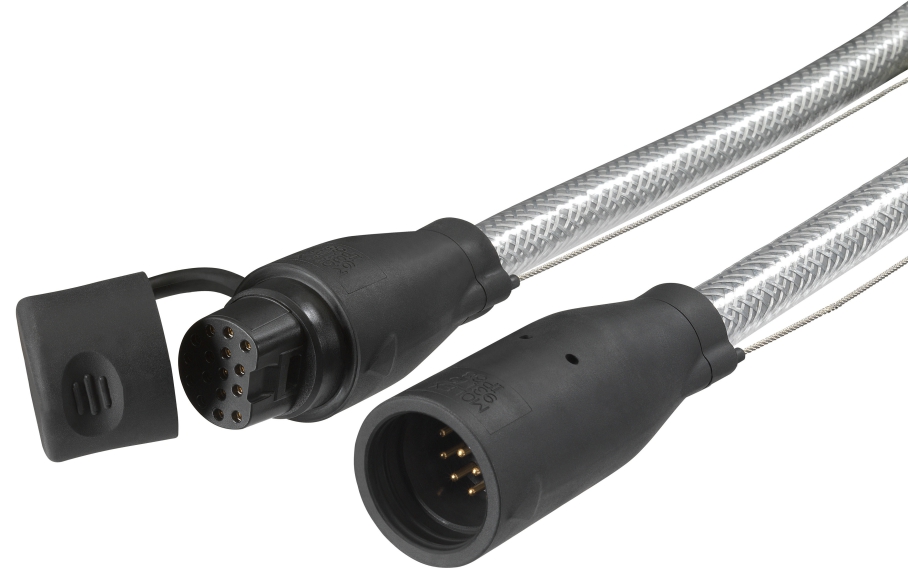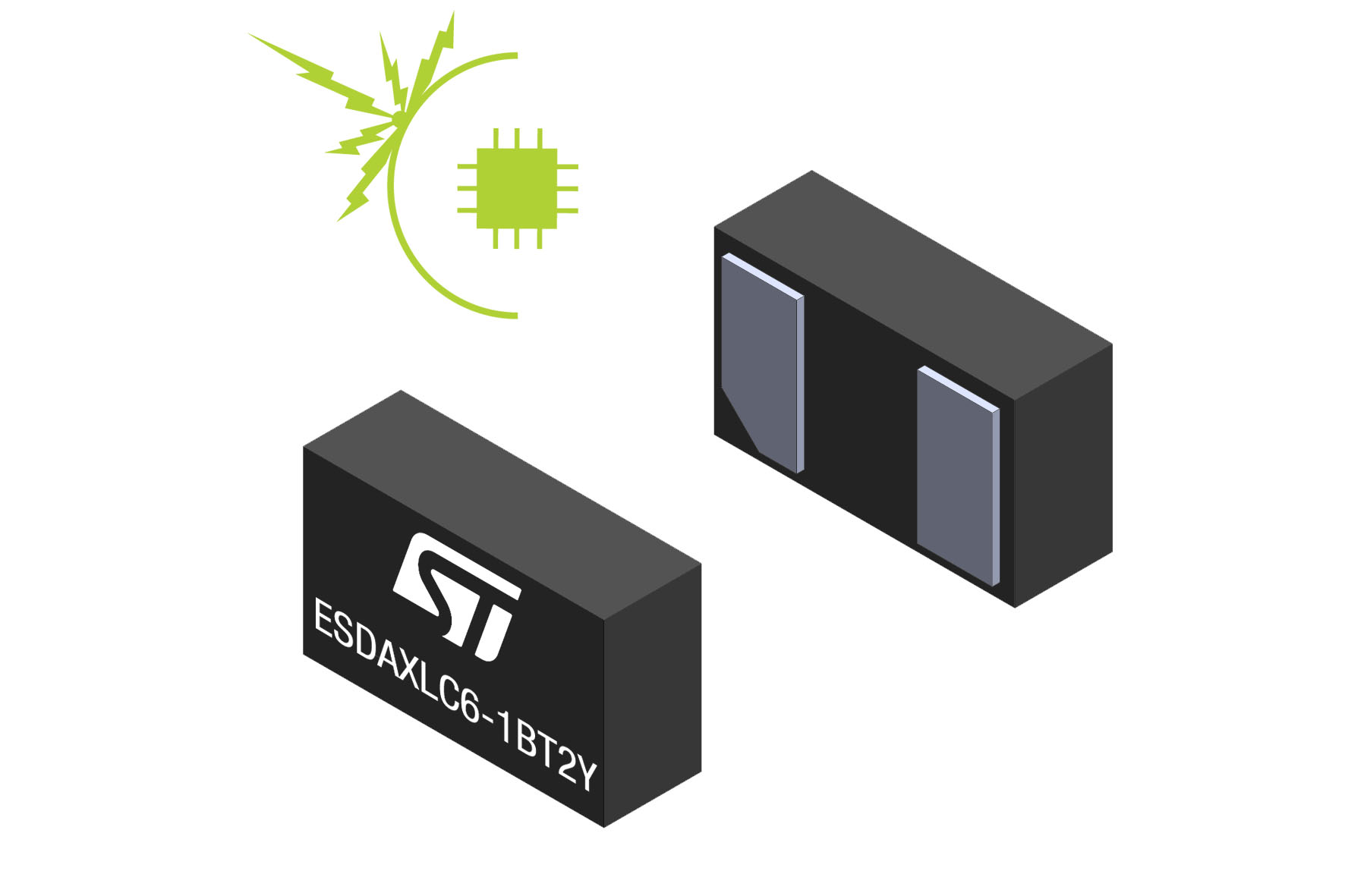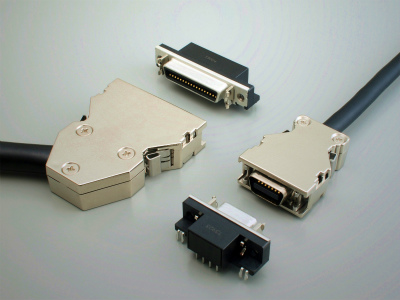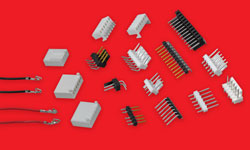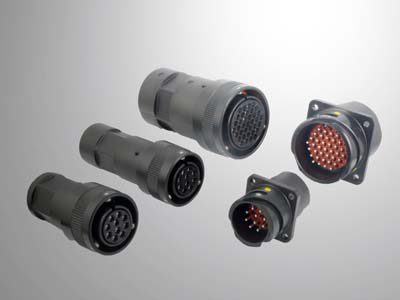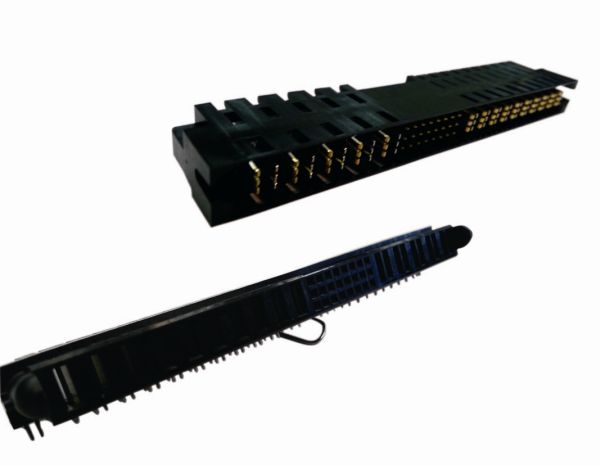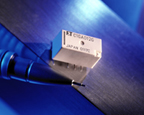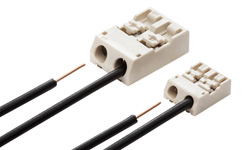Molex: Passive Safety Pole Connector makes Lighting Installation Quick, Easy and Cost-efficient
Quick disconnect system supports EU legislation on roadside lighting and safety equipment. Molex Incorporated introduces its cost-efficient interconnect solutions that speed up installation, maintenance, repair and removal of roadside equipment and furniture, such as street lighting, traffic signals and road signage. Already tried and tested within parts of Europe, Molex’s Passive Safety Pole Connector includes safety devices and systems that operate without need for human input or action, supporting new EU legislation.
The Passive Safety Pole Connector helps applicable systems meet the new European Standard EN12767:2007 (Passive Safety of Support Structures for Road Equipment), which requires that in the event of an accident, for example, a vehicle hitting roadside equipment, the system must disconnect mechanically immediately and electrically within 0.4 seconds of impact.
“This unique and cost-efficient interconnect solution dramatically speeds up the installation or removal time of the light or sign compared to conventional methods,” says Padraig Franklin, Global Product Manager Integrated Products Division, Molex. “This reduces traffic disruption and lowers the overall cost of the installation significantly.”
The Passive Safety Pole Connector is fitted with a water-tight cap which is installed into the main circuit-protection device. This cap, with mechanical and environmental protection (IP68), remains fixed until the connector is mated with the pole side connector, which can sometimes be weeks or months later. During this period, this cap can be placed over the connector thus ensuring the connector is sealed from the elements.
“Molex’s Passive Safety Pole Connector has been used extensively around heavily congested cities such as London, where large parades and ceremonial occasions occur, light poles or traffic lights can be quickly removed to ensure participants and public safety at these events,” adds Franklin. “The ability to temporarily remove and then reinstall roadside equipment in a quick and efficient manner ensures traffic disruption is kept to a minimum.”

